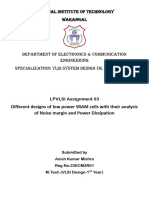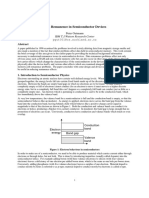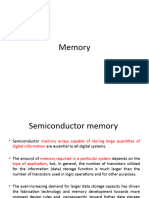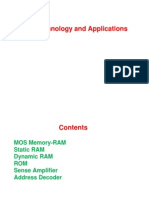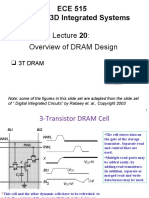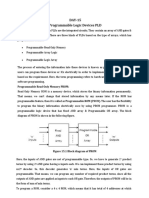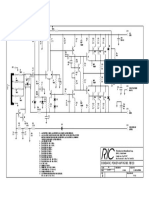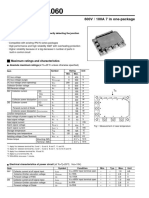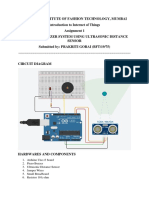0% found this document useful (0 votes)
8 views5 pagesDvlsi 2nd Int
The document discusses the operation of various types of memory arrays, including a 4-bit x 4-bit NOR-based ROM array and dynamic RAM cells. It explains how data is written and read in these memory structures, emphasizing the importance of transistor configurations and ESD protection measures. Additionally, it outlines the different models for ESD testing, highlighting the need for effective protection networks in chip design to mitigate ESD stress.
Uploaded by
chethana8182Copyright
© © All Rights Reserved
We take content rights seriously. If you suspect this is your content, claim it here.
Available Formats
Download as PDF, TXT or read online on Scribd
0% found this document useful (0 votes)
8 views5 pagesDvlsi 2nd Int
The document discusses the operation of various types of memory arrays, including a 4-bit x 4-bit NOR-based ROM array and dynamic RAM cells. It explains how data is written and read in these memory structures, emphasizing the importance of transistor configurations and ESD protection measures. Additionally, it outlines the different models for ESD testing, highlighting the need for effective protection networks in chip design to mitigate ESD stress.
Uploaded by
chethana8182Copyright
© © All Rights Reserved
We take content rights seriously. If you suspect this is your content, claim it here.
Available Formats
Download as PDF, TXT or read online on Scribd
/ 5














